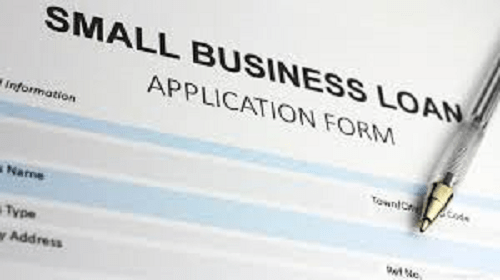
4.15.20 – NSBA
On Tuesday April 14, the U.S. Small Business Administration (SBA) finally issued rules governing loan issuance and loan forgiveness for the nation’s millions of self-employed as part of the Paycheck Protection Program, even though the program had already launched. Banks were able to accept applications from businesses with employees on April 3, and from Schedule C self-employed starting April 10.
Under the rules, the self-employed are to use their “Net Profit” (line 31) of their 2019 Schedule C to calculate their maximum loan size under the program. Using that number (up to a maximum of $100,000), they are to calculate the monthly average and multiply by 2.5 to derive the maximum loan size. The loan can be forgiven for any amounts taken as “income replacement” for the owner (again, based on 2019 net profit) for up to eight weeks, plus any money spent on commercial rent, mortgage interest, or utilities.
With the total loan fund potentially reaching depletion in the coming days, the relatively late guidance for the self-employed places many of them in danger of not receiving a loan until (and if) Congress provides additional funding for the program.
